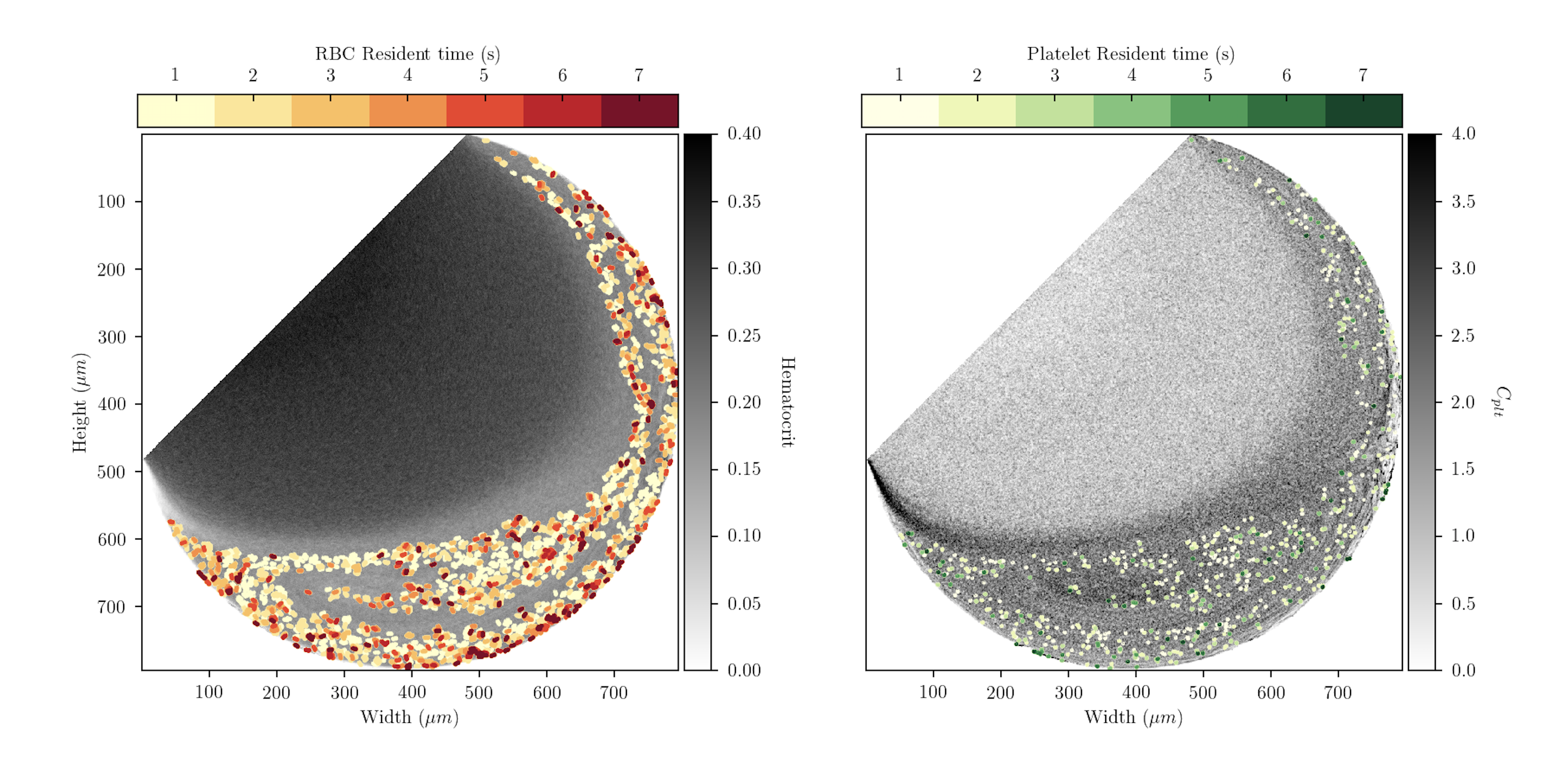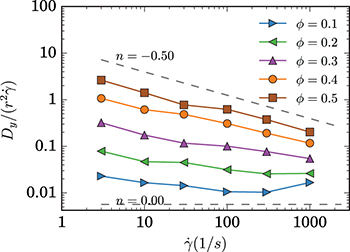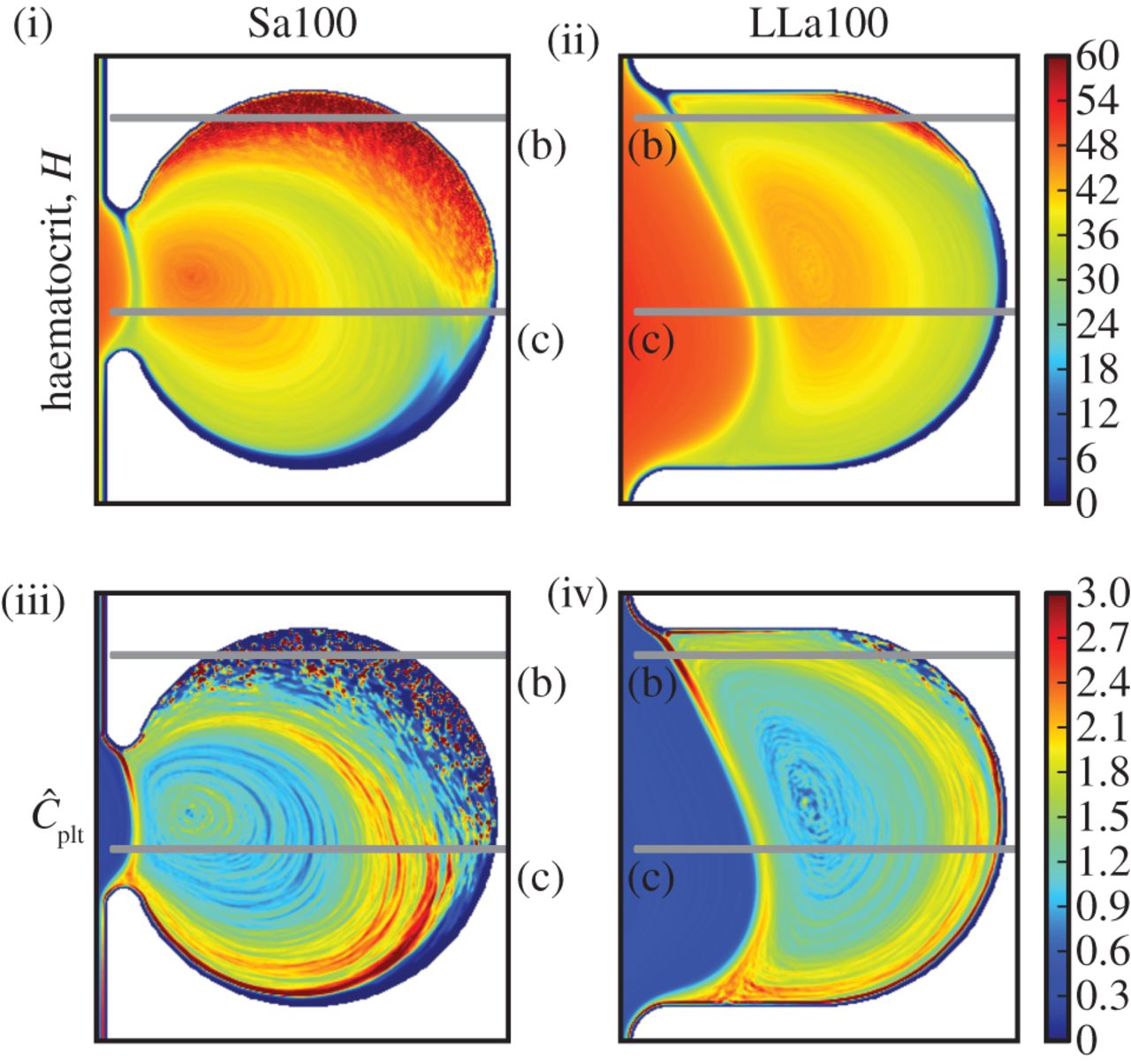HemoCell2D
Two dimensional cell resolved blood flow solver
A validated two dimensional lattice-Boltzmann model for blood plasma with a discrete element method for both red blood cells and platelets coupled by the immersed boundary method.
- Fortran
- Parallelized with MPI
- Suspension rheology validation
- Easily used to test large sets of parameters

Systolic flow in aneurysms
Time dependent (systolic) cell resolved blood flow study in cerebral aneurysms on the time and spatial scales achievable by continuous CFD models. Aspect ratios of 1,2,3,4 were probed

Boundary Conditions
In- and outflow boundary conditions for 2D immersed boundary suspension simulations.

Parallelization
Parallelized using MPI allowing to efficiently run simulations using hundreds of compute cores. Domain decomposition has been achieved using the graph-partitioning tool METIS resulting in very good load balancing (equal domain sizes) and minimization of the interfaces between subdomains at which information has to be exchanged.

Validation
Validation of an efficient two-dimensional model for dense suspensions of red blood cells.

Shear induced diffusion of red blood cells
The shear-induced diffusion of the suspension exhibits a departure from the linear scaling with the shear rate, resulting in a less efficient mixing. This result is important due to the wide use of the linear scaling model in coarse-grained models using the advection diffusion equation.

Where do the Platelets go?
Simulated transport behaviour of red blood cells and platelets into aneurysmal geometries with different aspect ratios (AR = 1.0, 2.0) in the presence of fast and slow blood flows (Re = 10, 100).
